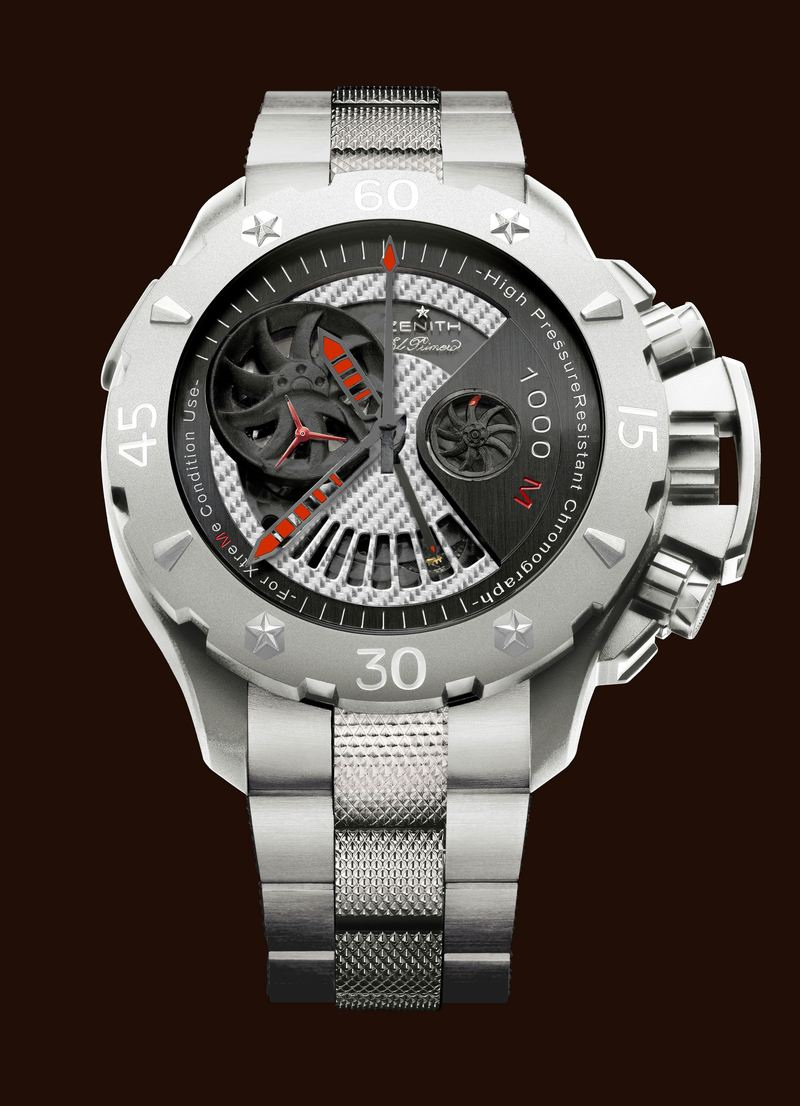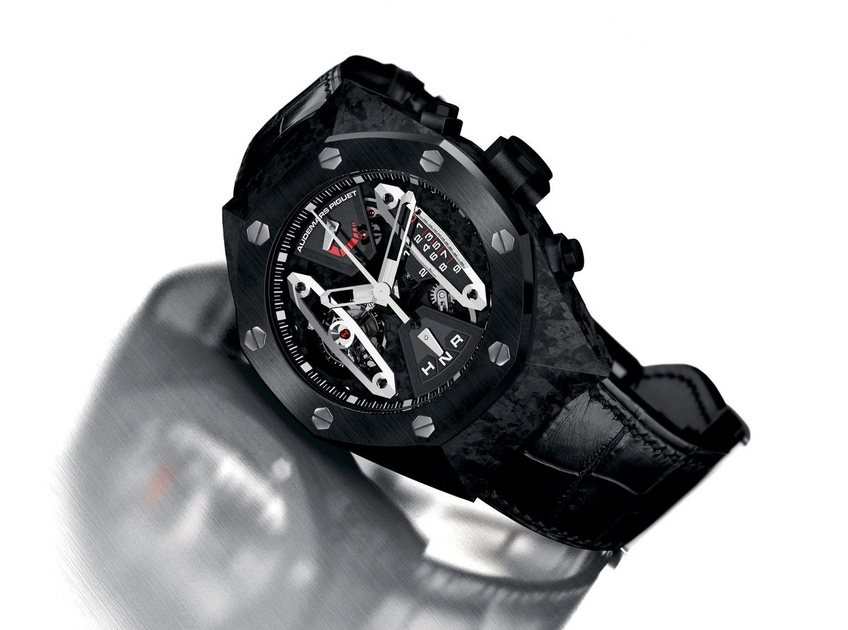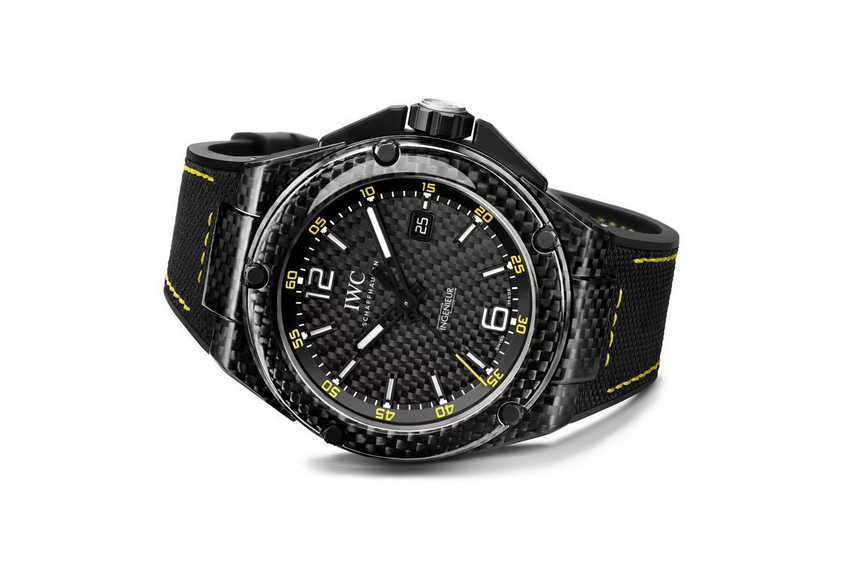

Technical watchmaking: time for light materials - Part 2
Richard Mille aroused the curiosity of watchmaking brands with its concept of light watches to the point that they also joined the race for minimum weight. Here is an overview.
Et pluribus unum (one out of many). The originality of the Richard Mille concept associated with the substantial effect produced by watches going against the trend at a given time gave ambitious managers the idea of joining the race for lightness. No pain, no gain! It would have been a pity if the brands that are always looking for more visibility had not joined this race.
Adapting materials
As far back as in 2004, Zenith’s Thierry Nataf understood the extent to which this orientation associating futurism, materials, increasing volumes and decreasing weight was to become the center of communication for the years to come. To this end, in 2006, he presented the Zenith Defy Xtreme Open El Primero Grande Date Stealth. It featured a combination of titanium with Kevlar for the case and titanium alloy (Zenithium) for the caliber.

Likewise, Jean-Claude Biver – back on the market since 2004 as director of the Hublot maison – had to present the Mag Bang chronograph in the same year. This watch had a 44.5-mm magnesium case and a 22-gram, instead of a 45-gram, titanium caliber that enabled the piece to weigh 72 grams in all.
The Audemars Piguet manufacture – cut to the chase, as it was a brand that favored innovation – launched the tourbillon chronograph Millenary Carbon One in 2009. This timepiece, equipped with an ultra-light Forged Carbon® featured then a caliber with carbon plate and bridges which opened the door to a new generation of synthetic timepieces. In 2009, Cartier materialized them with the Concept ID One reference followed by the transparent reference launched in 2012 that used a multitude of polymers to demonstrate that watchmaking still has a lot of innovation potential.
Carbon imprint
Since then, more traditional watchmaking brands have awoken from their slumber and have looked into the materials still available in order to contribute to and spice the market up.
Last year, there was a many-sided emphasis on lightness and carbon – till then reserved for niche products. This emphasis was restored by brands determinedly dealing with the avant-garde such as TAG Heuer. Said brand presented the preview of the Carrera Carbon Caliber 1887 in January 2013. In the meantime the manufacture IWC put the “Ingénieur” collection in the spotlight. This collection included a 46-mm reference equipped with a fiber carbon case named the “Ingénieur Carbon”. Zenith also used this material and was rewarded when the El Primero Lightweight – already presented in late 2013 – was highlighted at BaselWorld. This timepiece displayed a very successful design associating 3D carbon fiber, aluminum for the internal structure, and extruded titanium for the movement (bridges and plate). Today, however, this piece has sizeable competition amongst new timepieces such as the Chronofighter Oversize Superlight Carbon chronograph by Graham and the King Power Unico All Carbon chronograph by Hublot.

The Sorcerer’s apprentices
For the record, ceramic aluminum is a rarely used light material at the moment. Nevertheless, this will soon change and it will be used on a wider scale.
This original metal used in aeronautics and in the military-industrial field has the quality of being as light as aluminum but as hard and scratch-resistant as ceramic. This polyvalent metal is the product of an electrochemical treatment. This enables the creation of a very robust crystalline structure on the surface of the metal immersed in a highly electric chemical product. This ceramic metal can be found in the creations of many different prestigious brands under different names. In 2011, the metallic matrix compound was named Composite® at Panerai. It was also used by Louis Vutton for the Tambour éVolution collection and was named Black MMC (Metal Matrix Composite).

Hublot could not miss the opportunity to use it either and it introduced the metal as a new material obtained from a treatment called MAO (Micro Arc Oxydation), which consisted of transforming the surface with a plasma discharge in an electrolysis bath. The result was a layer of hard, thick and adhesive “ceramic” and was used to protect the case of the Classic Fusion Tourbillon Skull collection –consisting of fifty timepieces– in the long term.
Furthermore, as these materials have roughly the same qualities, the Hublot maison used a case made from a material that is also hard and light and combines ceramic and metallic particles. This is exactly what Jaeger-LeCoultre did for the Deep Sea Chronograph Cermet. This biocompatible compound is very resistant supports uninterrupted deformation, unlike pure ceramic. This makes it convenient to use the material in sports watches with very heavy constraints.







